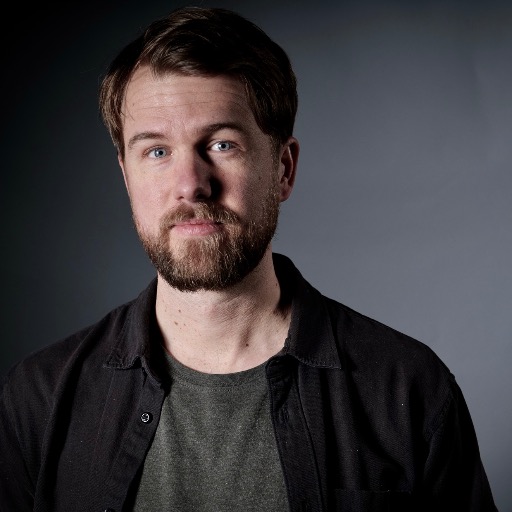Nostalgia on Facebook could influence how we vote

Robin Ekelund, historian and senior lecturer, will be conducting a follow-up study investigating which thoughts and activities lie behind the Facebook posts that are published and discussed.
We might scroll past the daily memories Facebook posts on our newsfeed but in history groups, warm and nostalgic memories are the top priority; this view of the past can ultimately affect people's view of today's society, and the future.
Robin Ekelund, historian and senior lecturer, has investigated Facebook groups that attract a history-interested public around themes such as hometowns or a particular period of history. He describes the groups as a “river of memories”.
The most positive, nostalgic memories that make one feel good and which others have ‘liked’ are highlighted.
Robin Ekelund
“What I found was a lot of memory fragments rather than discussions which were more in-depth or reflective. In order for something to make an impact, a photo is needed, and the text usually states the year it was taken and what the picture represents,” says Ekelund, adding:
“The response is also often short; people give the photo a ‘like’ and write such things as ‘I remember that’ or ‘I've been there’.”
Facebook automatically highlights users’ memories, such as anniversaries, when a person seemed happy. It's in the algorithms, says Ekelund.
“These groups have the same function. The most positive, nostalgic memories that make one feel good and which others have ‘liked’ are highlighted. In this way, a simplified picture of the past is created. A kind of bittersweet longing for the past.”
This, in turn, can affect how we relate to the present and the future.
“The nostalgia group might show a certain picture of what it was like in the past. Making the experience of today feel complex and the past seem simpler, safer, and pleasant. It can make us look back, not forward. If you take it to the extreme, it can play a role in how we might interact with others, and how you vote.”
There is also more knowledge-hungry content in the groups; longer text posts under which longer comments are made, thus leading to deeper discussions. But such posts are significantly fewer and disappear quickly among the shorter posts that create fascination and nostalgia.
“In a group about a particular city, all 5,000 members can like a photograph from the 1950s with a view of the church tower and the sunset and a very short text. The same image with a longer text does not get nearly as many thumbs up or hearts.
Facebook's format affects the groups; with short posts and images a lot happens simultaneously in the feed and the reader does not have to press ‘See more’ to read the entire text. Short posts that can be read straight away are therefore easier to like, followers don't have to think about whether there is something hidden further down that they don't want to like. The algorithms then reward popular posts.
However, even short posts need a “wow factor” for others to like and comment.
“A picture of a user’s grandfather without a year will not attract much attention, but a cafe in a town square sets the emotions in motion.”
History is often a subject that requires reading. On Facebook, however, it is easier to focus on history that deals with the 20th Century, from which there are more images available.
“If you want to be active in a group, it is not enough to sit at the computer. The members collect old postcards, go to archives, second-hand stores and various memorials to have pictures to publish.”
More about the research and the researcher
Digital memory and history culture is a new research field in the Nordic region. Individual researchers are active, but there are no established networks, according to Robin Ekelund. During the year, he and some Nordic colleagues, with funding from Riksbankens Jubileumsfond, will establish a network by arranging research workshops in Malmö and Copenhagen.
Ekelund’s study is netnographic and is based on posts over a year in six different nostalgia groups on Facebook. Two of them have a local history profile, such as ‘we remember our old town’, two look at the 1960s and 1970s respectively, and two have a more general historical focus. The groups have existed for a few years and are characterised by active discussions. There are few conflicts in the groups, which Ekelund believes may be due to the fact that the groups have existed for a while and those who join or remain in the group have agreed on what applies in the group. Most of the members are men, probably aged 55-60 or older.
In a follow-up study, Ekelund is interviewing participants in the various groups and investigating which thoughts and activities lie behind the posts that are published and discussed.
